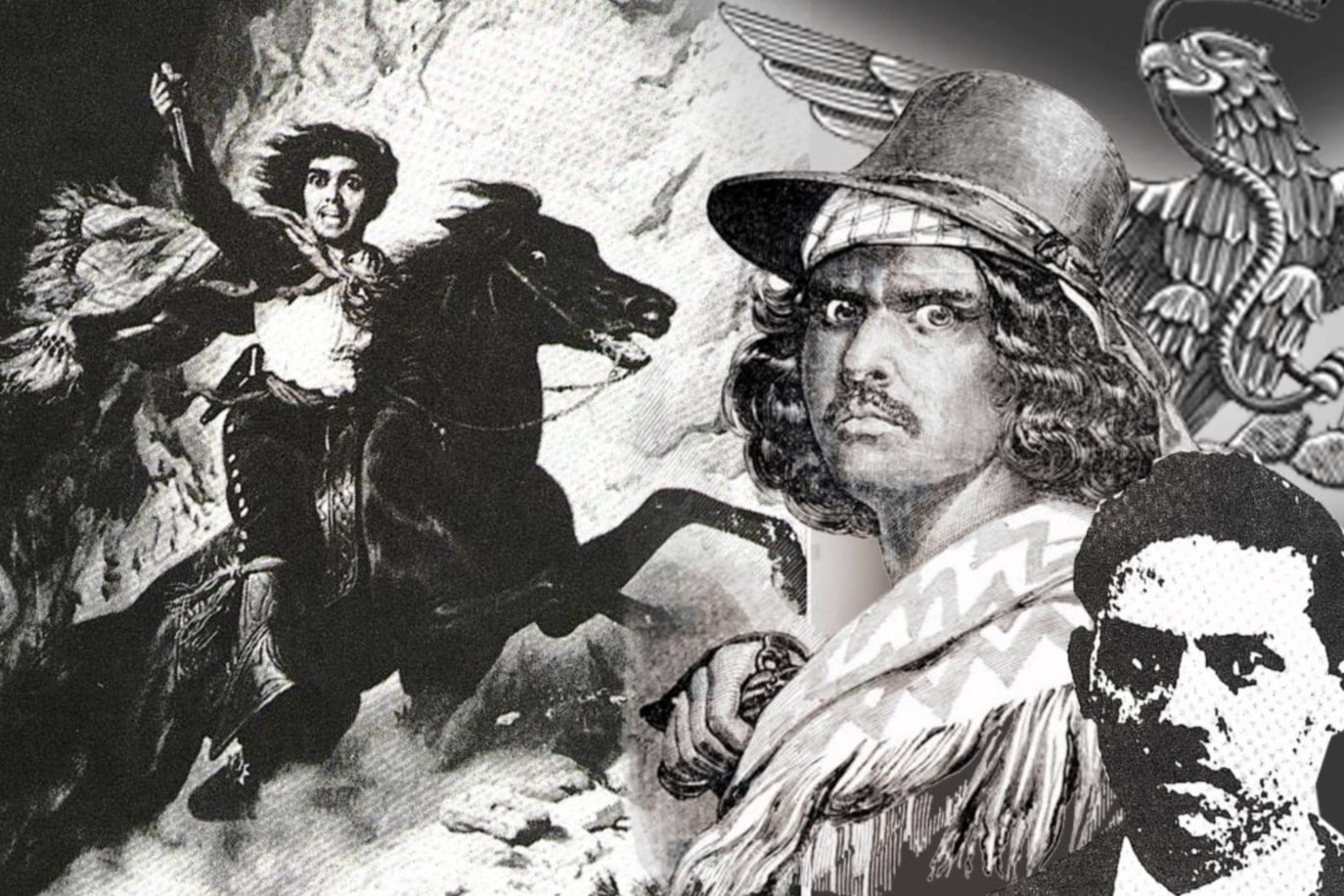
Ever wondered what makes the Battle of Visby so significant? This medieval clash, fought in 1361 on the Swedish island of Gotland, stands out due to its brutal nature and the remarkable archaeological finds that followed. The battle saw Danish forces, led by King Valdemar IV, pitted against the local Gotlandic farmers and townsfolk. Despite their valiant efforts, the locals were no match for the well-equipped Danish army. What makes this battle unique is the discovery of mass graves filled with soldiers still wearing their armor. These finds offer a rare glimpse into medieval warfare and the lives of those who fought. Dive into these 35 intriguing facts about the Battle of Visby to uncover more about this historic event.
Key Takeaways:
- The Battle of Visby in 1361 saw Danish forces defeat the unprepared Gotlanders, marking the end of Gotland's independence and leaving a profound impact on the island's inhabitants and their way of life.
- The archaeological discoveries at the Battle of Visby site have provided valuable insights into medieval warfare and life, influencing historical scholarship, popular culture, and modern reflections on conflict and resilience.
The Battle of Visby: A Clash of Medieval Titans
The Battle of Visby, fought in 1361 on the Swedish island of Gotland, remains one of the most fascinating medieval battles. This conflict between the Danish forces and the local Gotlanders left a significant mark on history. Here are some intriguing facts about this historic event.
The Combatants and Context
Understanding the key players and the backdrop of the Battle of Visby helps set the stage for this medieval clash.
- King Valdemar IV of Denmark led the Danish forces. He aimed to expand his kingdom and saw Gotland as a strategic target.
- Gotland was a wealthy island due to its position in the Baltic Sea, making it a valuable prize for any ruler.
- The Gotlanders were primarily farmers and merchants, not professional soldiers, which put them at a disadvantage against the Danish army.
- The battle occurred during the summer of 1361, a time when the island's defenses were not at their strongest.
- Visby was a walled city, but the battle took place outside these walls, leading to significant casualties among the Gotlanders.
The Battle Unfolds
The sequence of events during the Battle of Visby reveals the strategies and tactics employed by both sides.
- The Danish forces landed on Gotland and quickly moved towards Visby, encountering little resistance initially.
- Gotlander forces hastily assembled to defend their island, but their lack of military training was evident.
- The battle was brutal and swift, with the Danish forces overwhelming the Gotlanders.
- Many Gotlanders fought in their everyday clothes, as they had no time to don armor or proper battle gear.
- The heat of the summer added to the misery of the battle, with many soldiers suffering from heat exhaustion.
The Aftermath and Casualties
The consequences of the Battle of Visby were profound, affecting both the island and its inhabitants.
- Thousands of Gotlanders perished, with estimates ranging from 1,800 to 2,000 dead.
- The bodies were buried in mass graves, which were later excavated, revealing the scale of the slaughter.
- The Danish forces suffered fewer casualties, thanks to their superior training and equipment.
- King Valdemar IV imposed heavy taxes on the surviving Gotlanders, further crippling the island's economy.
- The battle marked the end of Gotland's independence, as it became part of the Danish kingdom.
Archaeological Discoveries
Excavations at the site of the Battle of Visby have provided valuable insights into medieval warfare and life.
- Mass graves were discovered in the early 20th century, containing the remains of the fallen Gotlanders.
- Many skeletons showed signs of severe trauma, indicating the ferocity of the battle.
- Some bodies were still wearing armor, a rare find that helped historians understand medieval armor usage.
- Artifacts such as weapons and personal items were also uncovered, shedding light on the daily lives of the combatants.
- The Visby mass graves are among the best-preserved medieval battle sites, offering a unique glimpse into the past.
The Legacy of the Battle
The Battle of Visby left a lasting legacy, influencing both historical scholarship and popular culture.
- The battle is often cited in historical texts as an example of medieval warfare and its brutal consequences.
- Visby became a symbol of resistance, despite the Gotlanders' defeat, inspiring future generations.
- The battle has been depicted in various forms of media, including books, documentaries, and reenactments.
- Historians continue to study the battle, uncovering new details and insights about the conflict.
- The site of the battle is a popular tourist destination, attracting visitors interested in medieval history.
The Human Element
Beyond the strategic and historical significance, the Battle of Visby also highlights the human cost of medieval warfare.
- Many of the fallen were young men, leaving behind families and communities devastated by their loss.
- The battle disrupted the lives of the Gotlanders, with many losing their homes and livelihoods.
- Survivors faced harsh conditions, including heavy taxation and the loss of loved ones.
- The psychological impact of the battle on the survivors was profound, with many experiencing trauma and grief.
- The battle serves as a reminder of the human cost of war, even in a time long past.
Modern Reflections
The Battle of Visby continues to resonate in modern times, offering lessons and reflections on conflict and resilience.
- The battle is studied in military academies, providing insights into medieval tactics and strategy.
- Archaeological findings from Visby have influenced modern forensic techniques, particularly in the study of trauma.
- The story of Visby is taught in schools, highlighting the importance of understanding history.
- The battle has inspired modern reenactments, allowing people to experience a piece of history firsthand.
- Visby's legacy endures, reminding us of the resilience of people in the face of overwhelming odds.
The Legacy of the Battle of Visby
The Battle of Visby left a lasting mark on history. This 1361 clash between the Danish forces and the Gutnish defenders showcased the brutal realities of medieval warfare. The discovery of mass graves filled with well-preserved armor and weapons offers a rare glimpse into the past. These artifacts help historians understand the tactics and equipment used during the battle.
The battle also highlights the strategic importance of Gotland in the Baltic Sea. Control over this island meant dominance in trade routes and regional power. The Danish victory not only secured their influence but also demonstrated the harsh consequences of medieval conflicts.
Remembering the Battle of Visby reminds us of the human cost of war and the importance of preserving history. These facts help keep the memory of those who fought and died alive, ensuring their stories aren't forgotten.
Frequently Asked Questions
Was this page helpful?
Our commitment to delivering trustworthy and engaging content is at the heart of what we do. Each fact on our site is contributed by real users like you, bringing a wealth of diverse insights and information. To ensure the highest standards of accuracy and reliability, our dedicated editors meticulously review each submission. This process guarantees that the facts we share are not only fascinating but also credible. Trust in our commitment to quality and authenticity as you explore and learn with us.


